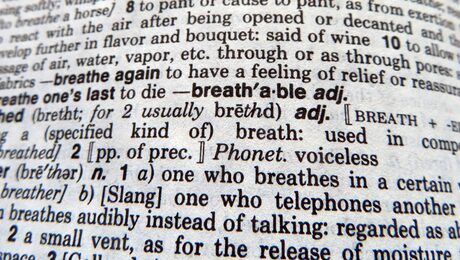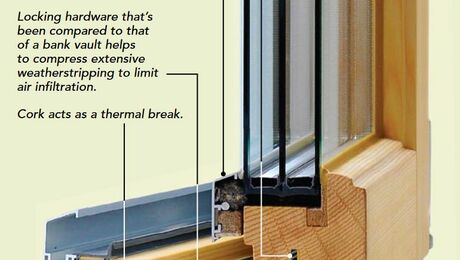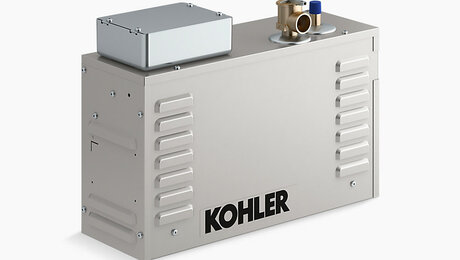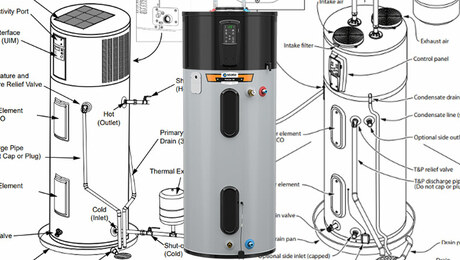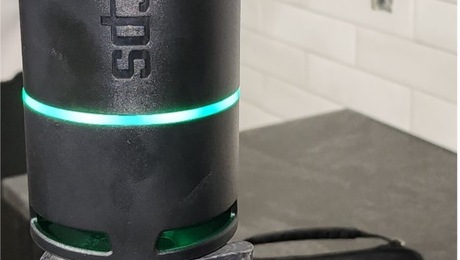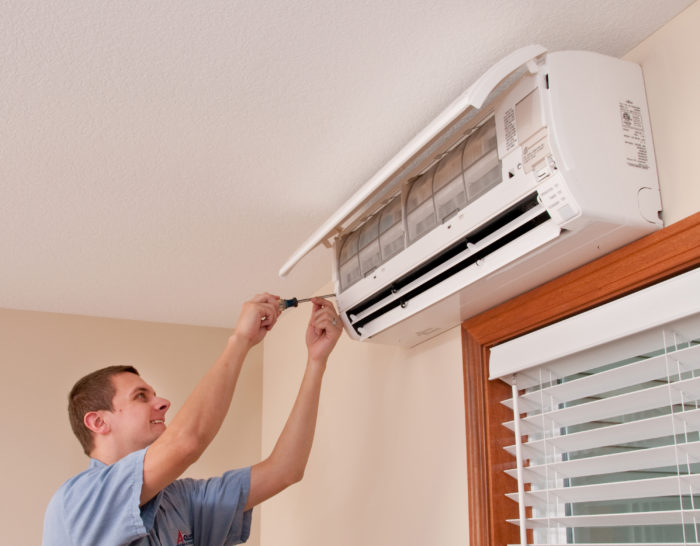
This is a list of the most important GBA articles on ductless minisplits and ducted minisplits.
If you are looking for an index that spans all categories, with a special focus on “how to” articles, check out this resource page: “How to do Everything.”
-
Ductless Minisplit Heat Pumps
Heating and Cooling Without Central Ducts
-
Just Two Minisplits Heat and Cool the Whole House
Carter Scott was one of the first builders bold enough to build a cold-climate home heated by only two ductless minisplit units (one in the downstairs living room, and one in the upstairs hallway). Skeptics predicted that the unheated bedrooms would be cold and uncomfortable. Yet Scott was confident that the home’s excellent thermal envelope — with high-R walls, triple-glazed windows, and low levels of air leakage — would keep the homeowners comfortable even when the bedroom doors were closed.
-
Rules of Thumb for Ductless Minisplits
Since 2008, when Carter Scott built a pioneering Massachusetts house that was heated and cooled by just two ductless minisplits, GBA has endeavored to publish reports from the field to guide people designing homes that are heated and cooled by ductless minisplits. We’ve learned a lot on this topic since 2008.
-
How To Buy a Ductless Minisplit
Green builders usually specify high-performance windows and above-code levels of insulation, while striving to reduce air leaks in their homes. As a result of these efforts, most green homes have relatively low heating and cooling loads.
-
Bruce Harley’s Minisplit Tips
Bruce Harley is a Vermont energy consultant and heat-pump specialist. To GBA readers, he is probably best known as the author of the Taunton book, Insulate and Weatherize — one of the best available books on residential energy retrofit work.
-
Heating with a Minisplit Heat Pump
Thirty-five years ago, when I first got involved with energy efficiency and renewable energy, the mere suggestion that one might heat with electricity would be scoffed at by those of us seeking alternatives to fossil fuels. Amory Lovins, founder of the Rocky Mountain Institute, likened using electricity for heating to “cutting butter with a chainsaw.” Electricity is a high-grade form of energy; it doesn’t make sense to use it for a low-grade need like heating, he argued.
-
Ductless Minisplits May Not Be As Efficient As We Thought
A recent monitoring study of ductless minisplits installed in seven New England homes found that these heating appliances had lower airflow rates and lower coefficients of performance (COPs) than expected. The average COP of these air-source heat pumps ranged from 1.1 at the house with the least-efficient minisplit to 2.3 at the house with the most-efficient minisplit. The results of the study raise at least as many questions as they answer. Perhaps the most useful outcome of the study is that it sets up a framework for recommendations that could enhance minisplit efficiency.
-
Loving My Minisplits
Last year, still living in my little cottage due to delays and problems attempting to build a new house in my historic district, I finally got tired of the old gravity floor furnace and window air conditioners and decided to spring for a new HVAC system. I looked briefly at installing a central ducted system, but I realized that I had really enjoyed the zone control that the window units had afforded me.
-
Minisplit Heat Pumps and Zero-Net-Energy Homes
For the last several years, just about every project I’ve worked on other than large university buildings has used minisplit heat pumps for heating and cooling. Why? 1 – There is no combustion and no need for a chimney or vent. 2 – In space conditioning applications, heat pumps can provide heating and cooling. 3 – The equipment installation costs and the operating costs compare favorably with other options. 4 – Heat pumps are a natural partner to solar electric systems to achieve zero-net-energy buildings.
-
Practical Design Advice for Zero-Net-Energy Homes
First of all, thank you very much to all of you who contributed to this thread. I agree with all of you completely.☺ Remember, the reason Internet discussions are so acrimonious is because the stakes are so low…
-
Ductless Minisplit Performance During Cold Weather
I tried an experiment this week during our cold snap. We've kept the door closed to the first floor ell (bedroom and bath) and let it run cold, because the Fujitsu wasn't sized to heat that space too. I opened the door early in the cold snap, and let the heat pump go, leaving it set on 70°F. What I found was that overnight the main space went to 66°F, and the upstairs and back bedroom were 3° to 4°F lower. My calculated heat loss in these conditions is about 24,000 BTU/hour, and the heat pump is rated at about 17,000 BTU/hour at about 10°F. You'd think it would not be able to keep up.
-
Installing a Ductless Minisplit System
The Island Cohousing houses were designed to have heat and domestic hot water (DHW) supplied by an oil-fired boiler. (Time for a pedantic distinction: a furnace heats air and blows it around a house, and a boiler heats water which is pumped around the house). They chose a pretty good boiler: a German Buderus G115. The two-bedroom houses got two heating zones' worth of fin-tube baseboard heat, one zone per floor level. The three- and four-bedroom houses have a third zone, for the first floor ell.
-
Report on Our Ductless Minisplit Heat Pump
It’s been pretty chilly outside, if you haven’t noticed. A number of people have asked me how our air-source heat pump is making out in the cold weather. I wrote about the system last fall, well before we had moved in. Is it keeping us warm? We’ve only been living in the house for a few weeks, but here’s a quick report.
-
Will Minisplits Replace Forced-Air Heating and Cooling Systems?
Because forced-air heating and cooling systems are assembled on site from a great many parts, there are many ways for installers to make mistakes. Researchers have repeatedly shown that a high percentage of residential forced-air systems have major problems, including duct systems that are poorly designed, poorly located, and leaky. Other problems include incorrect refrigerant charge and too much or too little airflow over the cooling coil.
-
Marc Rosenbaum’s Monitoring Results
At a recent conference in Burlington, Vermont, energy consultant Marc Rosenbaum shared insights that he’s gleaned from several energy monitoring projects. His presentation on February 7, 2018, was part of Better Buildings By Design, a conference sponsored by Efficiency Vermont. Rosenbaum believes that energy retrofit specialists should regularly measure energy use. “We’re practitioners,” Rosenbaum told the Burlington audience. “Most of the time we try to get it right, and when we don’t we want to know why. So we grind through it. We try it again and test it.”






















